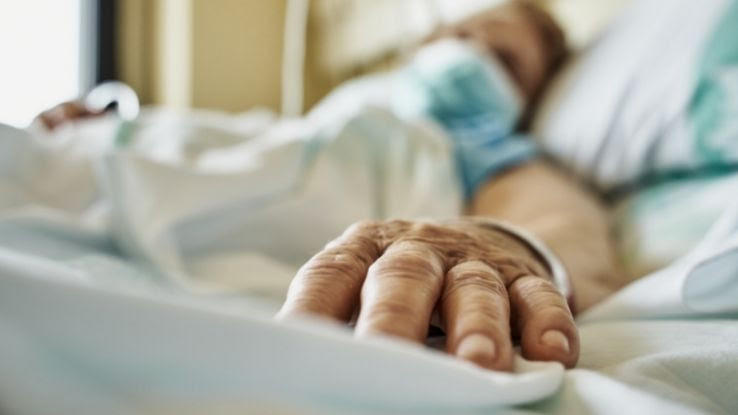Excitement About Pacific Prime
Table of ContentsHow Pacific Prime can Save You Time, Stress, and Money.The smart Trick of Pacific Prime That Nobody is DiscussingGetting My Pacific Prime To WorkNot known Incorrect Statements About Pacific Prime Pacific Prime Fundamentals Explained

This is due to the fact that the data were collected for a duration of strong economic performance. Of the approximated 42 million people that were uninsured, almost about 420,000 (concerning 1 percent) were under 65 years of age, the age at which most Americans become qualified for Medicare; 32 million were adults between ages 18 and 65, around 19 percent of all grownups in this age; and 10 million were kids under 18 years old, regarding 13.9 percent of all kids (Mills, 2000).
These price quotes of the variety of persons uninsured are created from the annual March Supplement to the Current Populace Study (CPS), conducted by the Census Bureau. Unless otherwise kept in mind, national quotes of people without medical insurance and percentages of the populace with different type of insurance coverage are based on the CPS, the most commonly utilized resource of estimates of insurance coverage and uninsurance rates.
Indicators on Pacific Prime You Should Know

Still, the CPS is specifically valuable due to the fact that it generates yearly quotes fairly rapidly, reporting the previous year's insurance coverage estimates each September, and due to the fact that it is the basis for a regular set of estimates for more than two decades, permitting evaluation of patterns in protection in time. For these reasons, in addition to the considerable usage of the CPS in other studies of insurance policy protection that exist in this report, we depend on CPS price quotes, with constraints kept in mind.

The quote of the number of without insurance individuals broadens when a population's insurance standing is tracked for a number of years. Over a three-year period starting early in 1993, 72 million people, 29 percent of the U.S. https://worldcosplay.net/member/1746405. populace, were without coverage for at the very least one month. Within a single year (1994 ), 53 million people experienced a minimum of a month without protection (Bennefield, 1998a)
Six out of every 10 without insurance grownups are themselves employed. Functioning does enhance the likelihood that one and one's household members will certainly have insurance policy, it is not an assurance. Also members of family members with two full-time breadwinner have almost a one-in-ten opportunity of being uninsured (9.1 percent uninsured rate) (Hoffman and Pohl, 2000).
Things about Pacific Prime
New immigrants represent a substantial proportion of people without medical insurance. One analysis has associated a substantial portion of the current growth in the dimension of the united state without insurance population to immigrants who showed up in the nation in between 1994 and 1998 (Camarota and Edwards, 2000). Recent immigrants (those who concerned the USA within the previous 4 years) do have a high price of being uninsured (46 percent), yet they and their children represent simply 6 percent of those without insurance nationally (Holahan et al., 2001).
The relationship in between medical insurance and accessibility to care is well developed, as documented later in this chapter. Although the connection in between medical insurance and health and wellness results is neither straight nor basic, a considerable professional and health services research literature web links medical insurance protection to better accessibility to care, much better high quality, and improved personal and populace health and wellness condition.
Levels of evaluation for checking out the effects of uninsurance. It focuses particularly on those without any type of health insurance policy for any kind of length of time.
Unknown Facts About Pacific Prime
The troubles encountered by the underinsured are in some aspects similar to those encountered by the without insurance, although they are typically less severe. Wellness insurance policy, nevertheless, is neither required neither adequate to get access to clinical solutions. The independent and straight effect of health and wellness insurance protection on accessibility to health and wellness services is well developed.
Others will get the health treatment they need also without medical insurance, by spending for it expense or seeking it from carriers that offer treatment free or at very subsidized prices. For still others, wellness insurance alone does not make certain invoice of care because of various other nonfinancial obstacles, read such as an absence of wellness care providers in their neighborhood, limited access to transport, illiteracy, or linguistic and social differences.
Unknown Facts About Pacific Prime
Formal research study regarding uninsured populaces in the USA dates to the late 1920s and very early 1930s when the Board on the Cost of Treatment produced a series of reports regarding financing physician office visits and hospital stays. This concern became salient as the numbers of medically indigent climbed during the Great Anxiety.